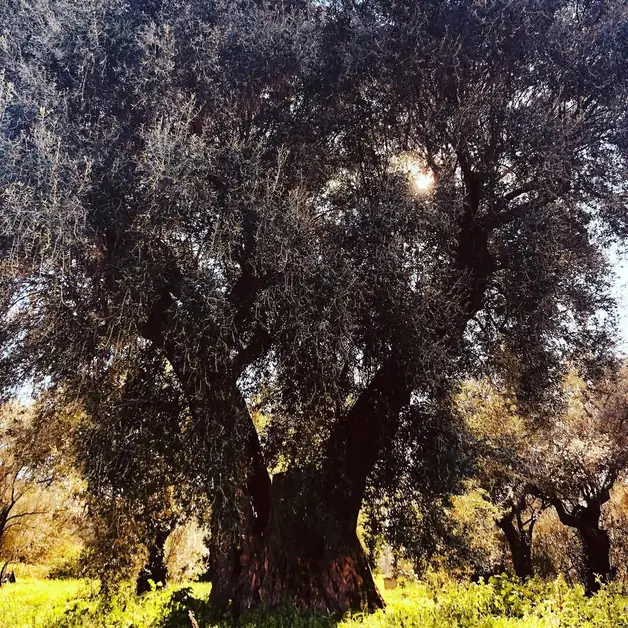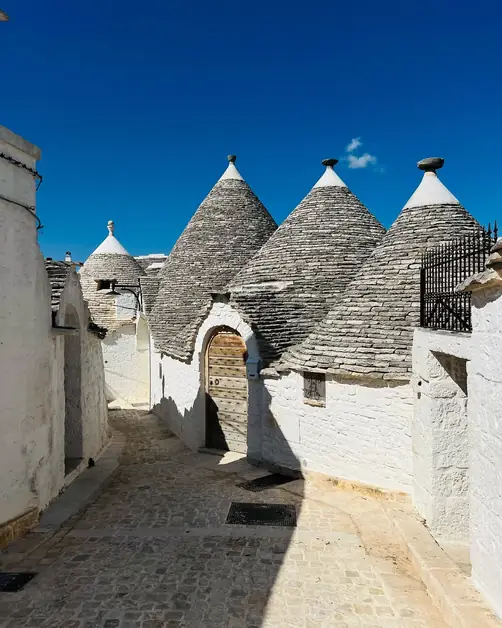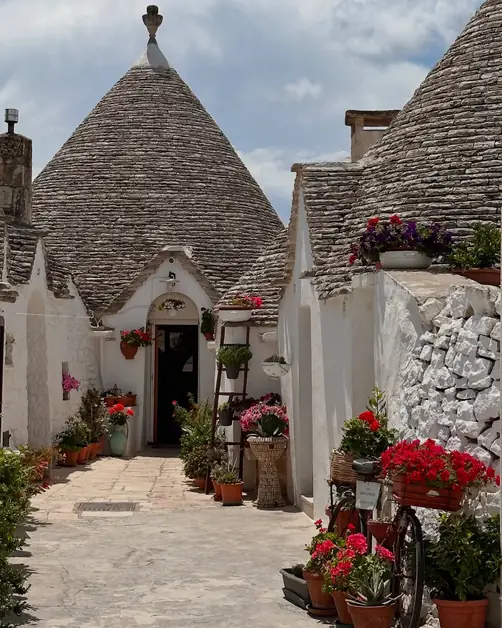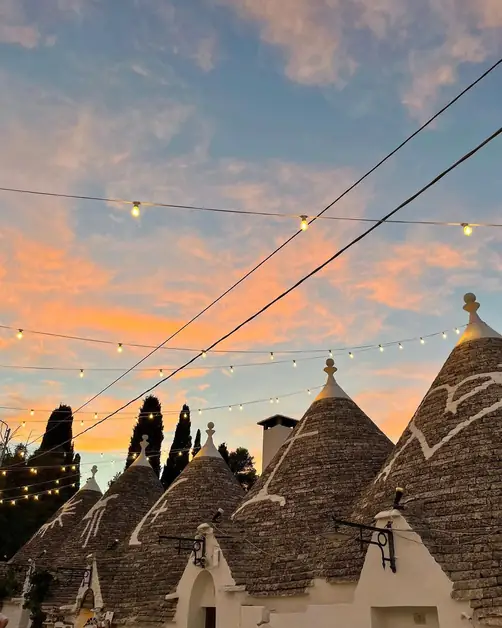Discovering Olive Oil in Alberobello
Discover olive oil in Alberobello, blending tradition and culture.

Alberobello, a municipality in the metropolitan city of Bari, is located in the heart of the Itria Valley, one of the most fascinating areas of Puglia. Famous for its trulli, a UNESCO World Heritage site, Alberobello also holds another wealth deeply rooted in the region's history: the olive tree.
Puglia is the leading Italian region for the production of extra virgin olive oil. It hosts around 60 million olive trees, many of which are centuries old. Some are true natural monuments, with wide and twisted trunks, living witnesses of centuries of history.
The cultivation of the olive tree in Puglia dates back to ancient times. The Greeks and the Iapygian populations introduced it. Today, this tradition has evolved, but still retains methods and values passed down from generation to generation.
The olive tree is such an important symbol for Puglia that it is also present in the official banner of the Region. It represents peace, tenacity, and a deep connection to the land. Walking among the trulli of Alberobello, it is easy to encounter centuries-old olive groves that contribute to making the landscape unique.
In Alberobello, it is possible to experience this culture up close by visiting one of the many local olive oil mills. Many of these offer guided tours, during which visitors can discover all the stages of oil production, from the harvesting of olives to bottling.
In some cases, it is also possible to participate in tastings to learn how to recognize the characteristics of Puglian extra virgin olive oil: the aroma, the color, the bitterness, and the spiciness. These experiences are perfect for those who want to deepen their knowledge of the territory.
Puglia is rich in cultivars, or varieties of olives, each with specific organoleptic characteristics. Among the most well-known are: Ogliarola Barese, typical of the Bari area, producing oil with a balanced taste; Coratina, with an intense flavor, rich in polyphenols, highly appreciated for its nutritional properties; Cima di Melfi, more delicate, suitable for light and refined dishes. Each oil reflects the microclimate, the soil, and the tradition of the area from which it comes.
Visiting an olive oil mill in Alberobello is not just a tourist activity, but an authentic way to connect with the local culture. The producers themselves passionately share the stories of their families and their work, often carried on by multiple generations.
Many olive oil mills are also located in historic farmhouses or near the trulli, making the experience even more immersive. The best time to visit an olive oil mill is in the autumn, between October and December, when the olive harvest takes place and oil production is in full swing. However, many mills are open year-round and organize tours by reservation.
Before visiting an olive oil mill, it is advisable to contact the facility in advance to check the hours, availability of guided tours, and possible tastings. In some cases, it is possible to purchase oil directly on-site, bringing home a product of the highest quality and 100% local.




